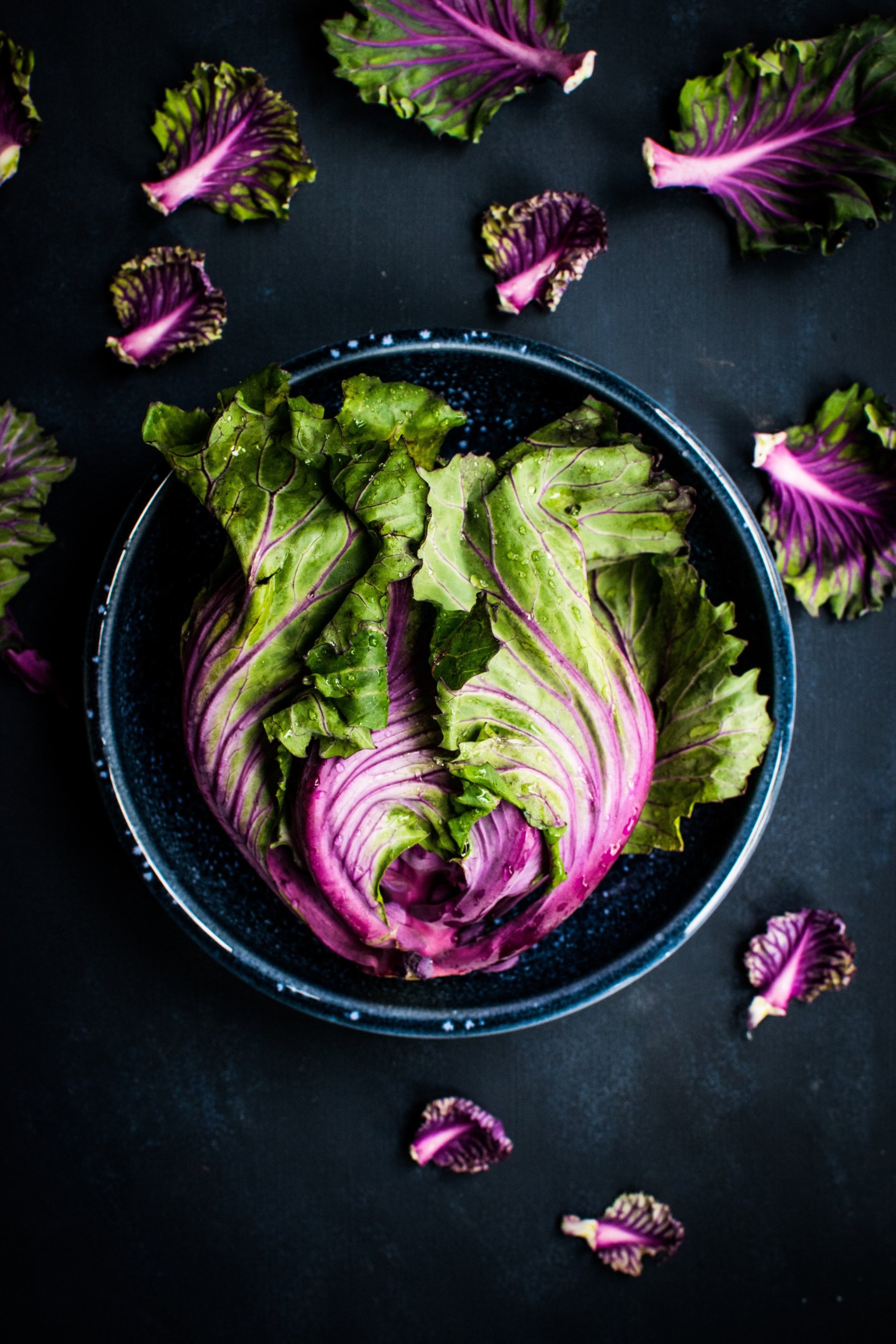Dietary plans: Your guide to choosing your best option
I often find myself looking for the next best way to boost my health. The next best thing to add or cut out of my diet in order to lose that one extra pound or to optimize where I already am. So I did a deep dive into the most popular diets of right now and listed the pros and cons to all of them. Read below for more information on the top five dietary plans or protocols being researched, adopted and implemented in homes, schools and doctors’ offices alike.
All five diets have in common no processed foods, no hydrogenated oils and no high fructose corn syrup. Ideally, the best diet for you is the one that most significantly decreases inflammation in the body, because disease and aging is ultimately created and exacerbated by inflammation in the body.
Vegan
What it is: 100% plant-based diet
Allowed foods: Fruits, vegetables, lentils, beans, legumes, nuts, seeds, plant based oils, herbs/spices, mushrooms/yeasts, vegan meat and dairy substitutes
Avoids: All meat, fish, dairy, eggs, honey
Benefits: High phytonutrients, antioxidants, fiber, lower in fat; supports the environmental and ethical purposes
Challenges: Can be difficult to maintain blood sugar, as it is higher in carbohydrates. There are also many foods on the market that are vegan, but are highly processed. If adopting this diet, I recommend eating whole foods in order to consume adequate absorbable nutrients.
Paleo
What it is: “Ancestral Diet,” meaning that it only includes foods that our prehistoric hunter-gatherer ancestors would be able to find and prepare. Protein is the majority of daily intake, carbohydrates are restricted and it is higher in fat, but not as high as ketogenic diet.
Allowed foods: Focuses on grass fed meats, wild-caught fish, high-quality fats and oils, nuts, seeds, most vegetables, some fruits
Avoids: Dairy, cereal grains, legumes, potatoes and refined sugar, alcohol, most fruits, processed fats and processed meats
Benefits: Anti-inflammatory diet, which helps to regulate blood sugar and cravings by consuming satiating protein and healthy fats. The diet is based on natural foods, which have a high nutrient density full of antioxidants, vitamins and minerals. If one’s goal is to lose weight, calorie and macronutrient counting isn’t needed if you’re eating the allowed foods and not too many of them.
Challenges: It can be easy to overeat meat and not enough vegetables on the paleo diet. This leads to low fiber intake, possibly causing constipation and increased inflammation, especially if the source of the meat one is consuming is of poor quality or mass-produced. This diet can also be expensive and may not be the cure-all, as today humans are genetically much different than our ancestors.

Ketogenic
What it is: Very high fat, (75-80%) moderate protein (10-15%), low carb (5-10%); This puts the body into state of ketosis (creation of ketones by the liver), thus adapting the body to burn fat for fuel instead of sugars and carbohydrates.
Allowed foods: All meat, fish/seafood, vegetables, nuts, seeds, fats, oils, nut flours, natural sweeteners like stevia
Eliminates: Wheat, flours, most fruits, sugars, grains, starches, starchy vegetables, lentils, beans, legumes
Benefits: Adapts the body to burn fat for energy instead of glucose, which is beneficial for limiting growth of cancer cells and improves mitochondrial health, beneficial for diabetics
Challenges: Can be difficult for many to eat so much fat and so few carbs. In the first 2-3 weeks many people also experience something termed the “keto-flu.” This is when the body is in transition from using sugars for fuel to fat and can cause an immune response, thus a cold, chills, fatigue, headache can occur. Other challenges include low fiber and possible nutritional deficiencies from lower fruit and vegetable intake as well as higher carcinogen intake from cooked meats.
This website can help someone who wants to learn exactly how many macronutrients for them to consume for their individual body. https://ketodietapp.com/Blog/page/KetoDiet-Buddy

Whole30
What it is: Eating only whole foods for 30 days, See book: The Whole30: The 30-Day Guide to Total Health and Food Freedom, by Dallas and Melissa Hartwig
Allowed foods: Meat, fish, eggs, vegetables (no corn or peas), fruits, nuts, seeds, fats/oils
Eliminates: Grains, dairy, sugar, alcohol, legumes, soy, packaged/processed foods, sweeteners/sugar substitutes
Benefits: This diet has an achievable 30 day window for those who want to reset their relationship with food, decrease sugar cravings and inflammation and increase energy. This diet can also support proper sleep and digestion as well as support natural detoxification and metabolism.
Challenges: This diet often requires more time to cook and prep meals. It can be pricey and may feel particularly limiting.
Gluten Free
What it is: Avoiding all foods that contain gluten protein (wheat, barley, rye), specifically for individuals with Celiac disease and those with gluten intolerances/allergies and leaky gut syndrome.
Allowed foods: Meat, fish, vegetables, dairy, eggs, fruit, beans, legumes, non-gluten grains- rice, corn, buckwheat, quinoa, teff, millet, etc.
Eliminates: Wheat, barley, rye, beer, soy sauce, some processed meats and sauces, etc.
Benefits: For those who have been medically diagnosed with Celiac disease, eliminating gluten is a must in order to live a pain-free and healthy life. For those who have a non-Celiac gluten intolerance or choose to eat a gluten free diet, people may benefit from better nutrient absorption, weight loss, more energy, better mental clarity and clearer/brighter skin.
Challenges: There are many hidden sources of gluten in packaged and processed foods, as well as in restaurants. Some of these include deli meat, dressings, nut mixes, etc. Additionally, if one is switching wheat-based products for gluten free products like cakes, cookies, breads, etc, know that there is often increased sugar and fat content in order to replace the gluten.

So which diet is the best one for you? The best diet is the one that you can stick to and the one that makes you feel good. If it’s one of the above or a combination of them, a diet that fits best with your lifestyle, dietary needs and beliefs is what’s important. Having a balanced diet that you can enjoy is the bottom line.
If you have more questions on which diet works best for you, best weight loss practices or support with starting and sticking to a diet, please contact Balanced Care to schedule with one of our practitioners! Dr. Rachel also offers a 5-week weight loss program that has shown lasting results. Inquire for more info!

